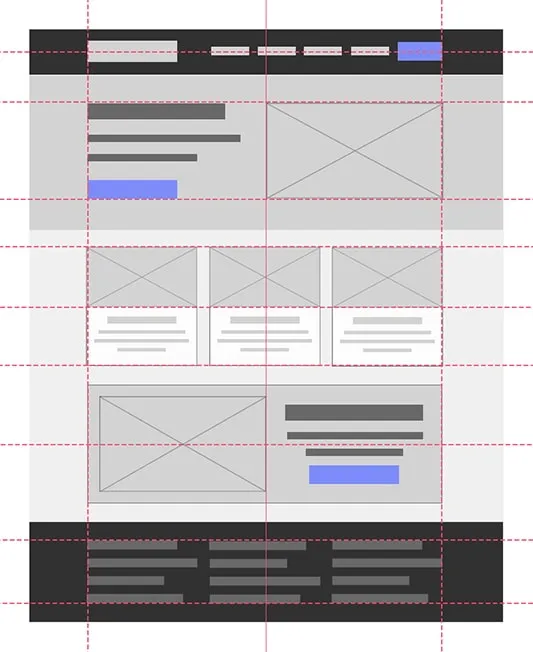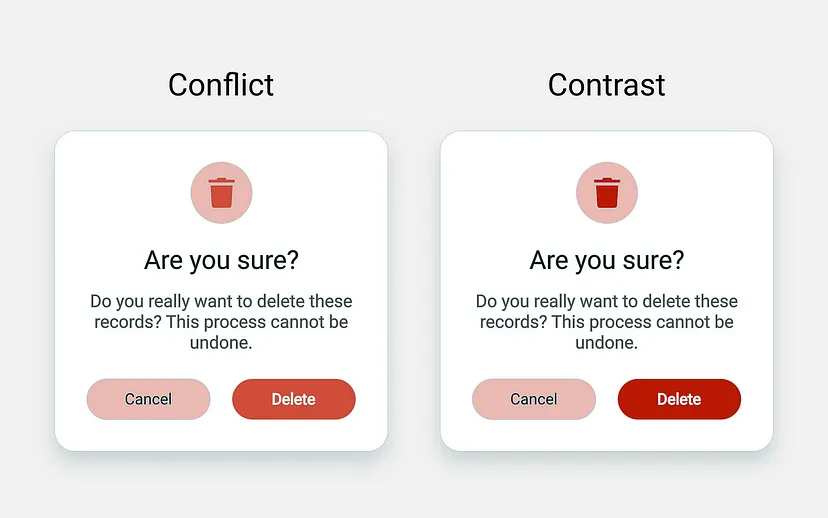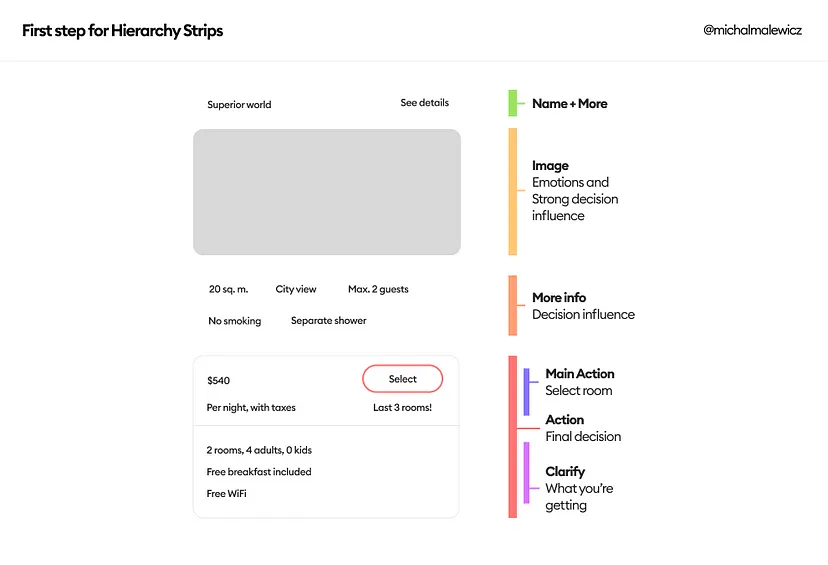In our digital era, where users engage with myriad applications and websites daily, crafting a user-friendly and captivating interface is no longer optional but imperative. UI (User Interface) design principles serve as the bedrock for designers, guiding them to create interfaces that are not only visually appealing but also intuitive and seamless to navigate.
By adhering to these principles, designers ensure that users can swiftly find what they seek and enjoy a positive overall experience. Here’s a breakdown of some vital UI design principles for 2024:
- Consistency: Consistency forms the backbone of excellent UI design, enabling users to develop a mental map of the interface, facilitating effortless navigation.

- Visibility: Elements within the interface should be easily visible and discoverable, employing clear labels, appropriate color contrasts, and well-organized layouts while eschewing unnecessary clutter.

- Feedback: Effective UI design furnishes users with feedback on their interactions, whether through visual cues like button color changes or auditory signals. This aids users in understanding the results of their actions.

- Simplicity: Simplification is paramount in creating a user-friendly interface, avoiding overwhelming layouts or excessive options and focusing on the essential elements for users to achieve their objectives.

- Alignment: Proper alignment of interface elements fosters visual order and hierarchy, assisting users in comprehending the relationships between different elements.

- Contrast: Contrast is pivotal for establishing visual hierarchy and highlighting important elements. Employing contrast through color, size, and spacing helps elements stand out effectively.

- Grids: Grids serve as a potent tool for crafting balanced, consistent, and responsive layouts, ensuring even alignment and spacing for a polished interface.

- Hierarchy: Visual hierarchy aids users in discerning the significance of interface elements. Utilizing size, color, contrast, and spacing effectively guides users’ attention to crucial elements and actions.

In conclusion, UI design principles are the foundation of successful user interfaces. By adhering to these principles and staying abreast of evolving trends, designers can create interfaces that are not just visually enticing and engaging but also intuitive and efficient. Mastery of these UI design principles empowers designers to contribute to the development of interfaces that users delight in using.
Happy designing! ✨

